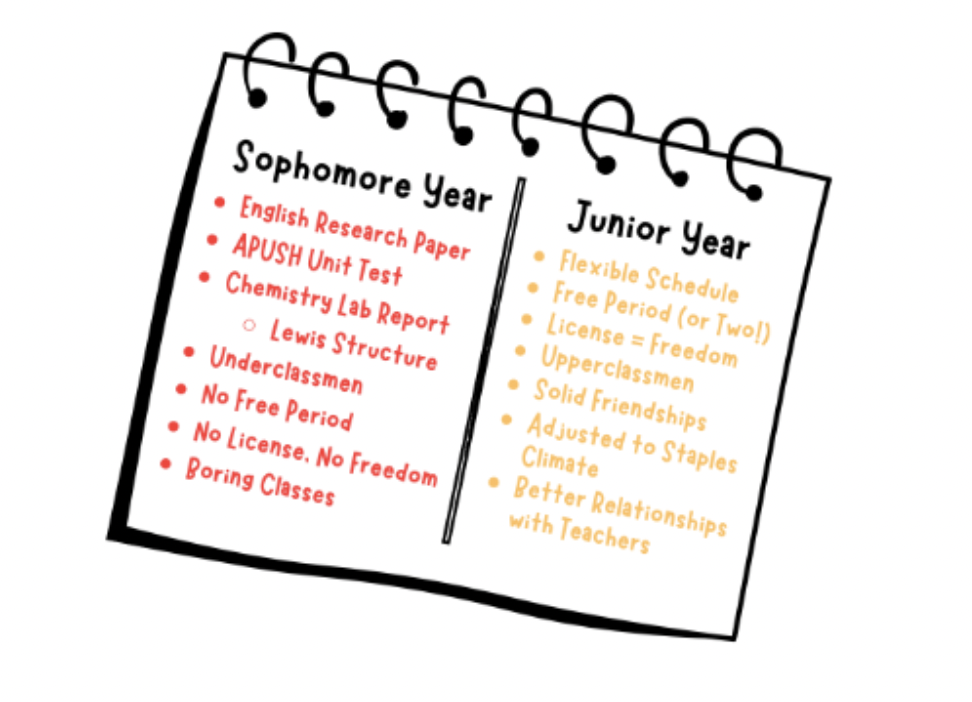It’s 8:25 on a Tuesday morning, the bell has just rung, and students are settling into class for the extended period. I know I should be getting out my pencil case and opening up my notebook, but I just can’t focus. How am I supposed to conjugate verbs and peer edit essays when there’s only one thing on my mind?
It’s not that test coming up next period or what I’m going to have for lunch. I mean, I do have priorities. But all I want to do is go home and cuddle up with my dog.
Dogs don’t care if you can’t explain what procatalepsis is or forget the steps of DNA replication. How you did on that math test means nothing to them, as long as you still have the energy to play fetch in the backyard. They won’t judge you when you bubble in your Scantron wrong. Heck, they don’t even know what a Scantron is (sometimes I wish I didn’t either).
Before you call me crazy, let me explain. It has been scientifically proven that dogs help humans reduce stress.
According to WebMD, “Research has shown that owning a dog can lower blood pressure, reduce stress hormones, and boost levels of feel-good chemicals in the brain.”
And it’s impossible not to notice that therapy dogs are suddenly everywhere. They cheer up sick patients in hospitals and visit colleges and universities during exam weeks to relieve stress. Several cities such as Los Angeles and Miami have even introduced airport therapy dogs, who can be found in busy airports, eagerly waiting to alleviate the stress of anxious travelers.
I’m not going to get into the specifics of hormones (like the stress hormone cortisol, which is decreased when a person pets an animal) or chemicals (such as levels of stress-reducing oxytocin that are increased when someone plays with a pet), because we do enough of that in chemistry class.
But scientifically speaking, there’s nothing wrong with me wanting to ditch school to hang out with my goldendoodle.
As they say, dog is a student’s best friend.















































